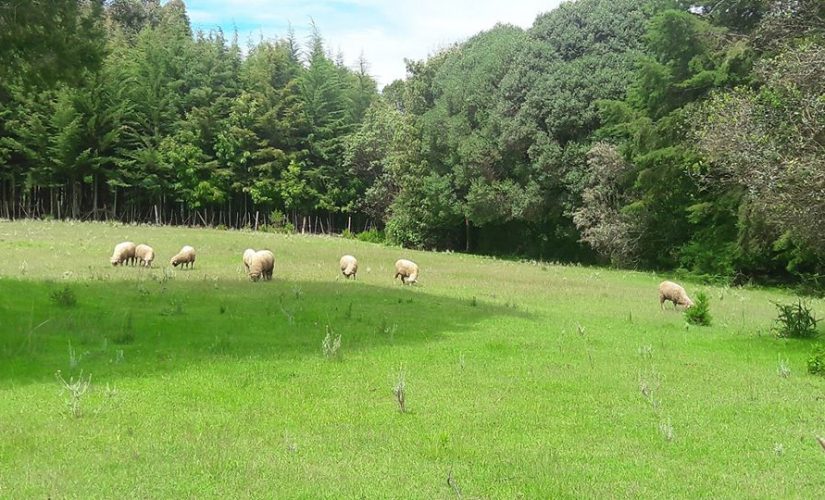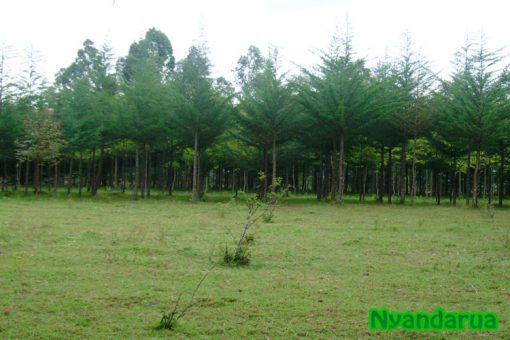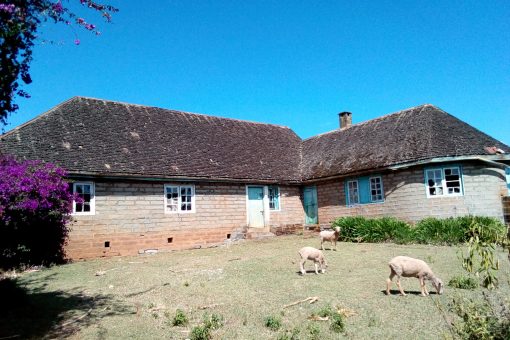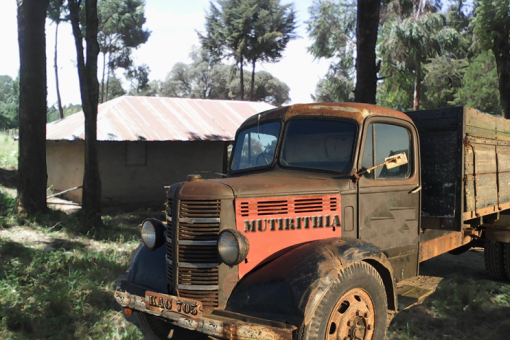Nyandarua is famous for its sheep. They thrive in the cold Nyandarua temperatures because they have a thick white layer of wool that covers their bodies, keeping them warm even in the coldest of nights. The thick wool also makes the sheep look puffy, looking twice their size. People from Gikuyu who had never seen sheep like these often got mesmerized just looking at them, while their children screamed thinking they were dangerous monsters.
The sheep got their wool sheared off (haircut) once a year in the early months of the year before the long rains started. The sheep went into the shearing room looking like some heavyset middle aged men with potbellies, and in just a few short minutes, they emerged looking like some lanky teenagers. They looked lean and clean after the snow white wool underneath was revealed. If a herd was not branded before shearing, even its owner would have had a rough time identifying them after the “haircut”. But we did not have that problem because way before the date was announced for their shearing, we put colored tags on each sheeps’ ears, making them look like they were wearing fashionable earrings. The tags had letters and numbers, easily identifying individual flocks. The farmers purchased those tags from the KFA shop in town or the veterinary officer who made home visits on his bicycle brought some on request. Some farmers who did not want to invest money in the tags used paint or ink to brand their sheep. It was not unusual to find a whole flock that had soot (mbiro) applied on their noses (miniuru) or like our Nyeri friends called them Minithi, sounding more like munizi in their heavy accent. Applying mbiro was real creativity at work, and it got the job done.
The Cooperative Society organized the shearing. They designated some rooms where the shearing took place, accommodating six to ten sheep at a time, depending on the number of shearers they had that year. A makeshift pen was constructed next to that room as a holding place for individual flocks. The family directed their flock into that pen, wrestled the sheep to the ground and delivered them to the room for shearing. Once done they were released back to the pen and unsheared sheep were brought in, until the entire flock was done. The family opened the gate and led their sheared flock out of the pen, allowing the next family to bring in their flock. This was a week long event, sometimes two weeks. By the end of each day, there were huge bales of wool stacked outside the Cooperative Offices waiting for trucks from Rivatex (Rift Valley Textiles) and Raymond Blankets of Eldoret to come collect the wool, which was part of their raw material for textiles and blankets.




